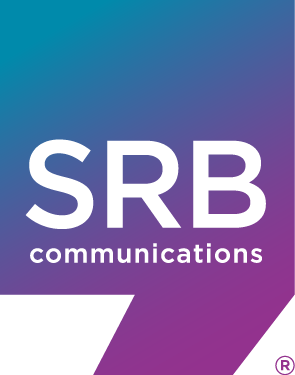News & Insights
Let’s Be Honest: 5 Steps to Create Authentic Marketing
Advertising and PR hit their targets more often when consumers perceive messaging as authentic and trustworthy, honestly promoting a product or service they identify with. How can marketers boost their communications’ authenticity quotient?
Here are five suggestions:
1. First, Know Your Client (Brand, Product or Service)
- If what’s being marketed is perceived by its target audience as fundamentally inauthentic, clever advertising, ambitious PR and a big budget will not make a huge difference. You won’t know until you engage with customers.
- Survey them
- Organize focus groups
- Find out what customers want and don’t want
Those efforts might show where management must cultivate authenticity before marketing can take the reins. Make sure you check the following:
Is the brand outdated?
Are innovations in the future?
What’s the target audience and should it be redefined?
Are competitors peddling equal but less-costly services, or superior services for the same price?
That’s why objective research should precede the creation of marketing strategy. Recall the expression, “You can’t put lipstick on a pig.” It applies here. Authentic marketing amplifies what’s inherently authentic about the object being promoted. Simulated authenticity in communications is risky and could be disastrous PR-wise.
2. Values and Consistency Matter
Authentic marketing flows naturally from core brand values that are clear, backed by a firm management commitment and relatable to consumers. All three qualities are important because brand values and marketing must be aligned. Consumers will support brands they trust. Those brands earn trust by projecting transparency, honesty and a commitment to something bigger than their own commercial success, not only in their marketing but in all of their communications. That’s what authenticity means in practice.
3. Draw on History that Resonates
Successful companies with long histories in a business often tout their past, telling moving stories about important innovations and deeply held values instilled by generations of leaders. These themes convey time-honored commitments to quality, customers, employees and honorable business practices. They are especially heart-warming elements in the stories of companies led for decades by their founders, or more impressively, by later generations of the same family. Humanizing a brand by introducing customers to the people behind the brand is a very effective way to convey authenticity. At the same time, it’s worth noting that falling back on glorious history isn’t always the smartest marketing card to play. Companies competing in fast-changing markets such as fashion apparel and technology risk tagging themselves as has-beens by focusing too much on their past successes instead of what they stand for now.
4. Demonstrate Commitment to Your Values
Younger consumers especially are interested in brands whose values align with their own. Brands cannot just say they support equality, sustainability, social justice or other causes in their advertising and think their work is done. Authentic marketing is more than nice-sounding words and images. It is a vehicle for publicizing a brand’s efforts in the real world on behalf of the values it espouses. Marketing that is truly authentic is also reinforced by what company leaders say and do publicly. When consumers see that they are one and the same, they will give marketing more credence.
5. Be Bold and Be Proud
Authentic marketing that speaks to customers and is convincingly real gets positive results. It may also spark controversy. Or even criticism. Consider this possibility and if so, what your reaction will be. If you’ve done your research, carefully considered your purpose and values in planning your marketing, don’t let some flak scare you into a defensive crouch. Stand tall, stay real and consumers’ respect will come.
Overall, authentic marketing is poised to win believers as consumers emerge from the pandemic’s discomforts just as soaring inflation shrinks their purchasing power.
In this environment, marketing that elicits “I don’t buy it” reactions from target audiences may accurately presage sales.
This is a moment when thoughtful consumers will re-examine what’s important to them in life.



